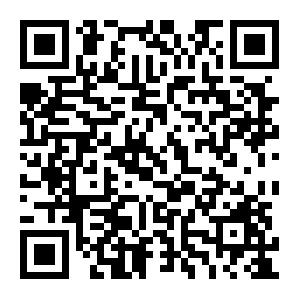LBO晶体和频产生589 nm激光的数值模拟及实验研究
Numerical simulation and experimental research on 589 nm laser frequency-summed by LBO
-
摘要: 基于非线性光学理论,分析了1 064 nm和1 319 nm和频产生589 nm激光源的理论基础。针对LBO晶体的I类相位匹配条件及最佳晶体长度的选择进行了计算机数值模拟,给出了最佳晶体长度与总入射功率的关系曲线。当波矢量与光轴夹角为90°,波矢量方位角为3.39°时,计算出相应的有效和频系数为0.952×10-12 m/V。设计了一种简便高效的实验和频方案,二极管泵浦Nd:YAG激光器经腔镜镀膜及腔内可倾斜标准具调谐,分别输出了波长为1 064 nm和1 319 nm的准连续激光,然后通过脉冲同步调节,实现了589 nm黄光输出,平均功率达到500 mW,光束质量因子M2约2.1,和频效率18%。Abstract: Based on the nonlinear optics, the theoretical basis of 589 nm laser frequency-summed by 1 064 nm and 1 319 nm laser was analyzed. Phase-matching factor and optimum length of lithium triborate (LBO) crystal were numerically simulated and the corresponding effective sum-frequency coefficient was figured out on this analytic solution. The calculated effective sum-frequency coefficient is 0.952×10-12 m/V at phase matching angles of 90° and 3.39°. A simple and high-effective experimental scheme was designed and Nd:YAG laser pumped by diode output 1 064 nm and 1 319 nm laser, which were summed by pulse synchronization adjustment to generate 589 nm quasi-continuous yellow laser with an average power of 500 mW, the beam quality factor M2 is about 2.1 and the frequency-summed efficiency is 18%.
-
Key words:
- lbo crystal /
- nonlinear optics /
- sodium yellow laser /
- phase-matching /
- solid-state laser
-

 点击查看大图
点击查看大图
计量
- 文章访问数: 3386
- HTML全文浏览量: 278
- PDF下载量: 831
- 被引次数: 0



 下载:
下载:
